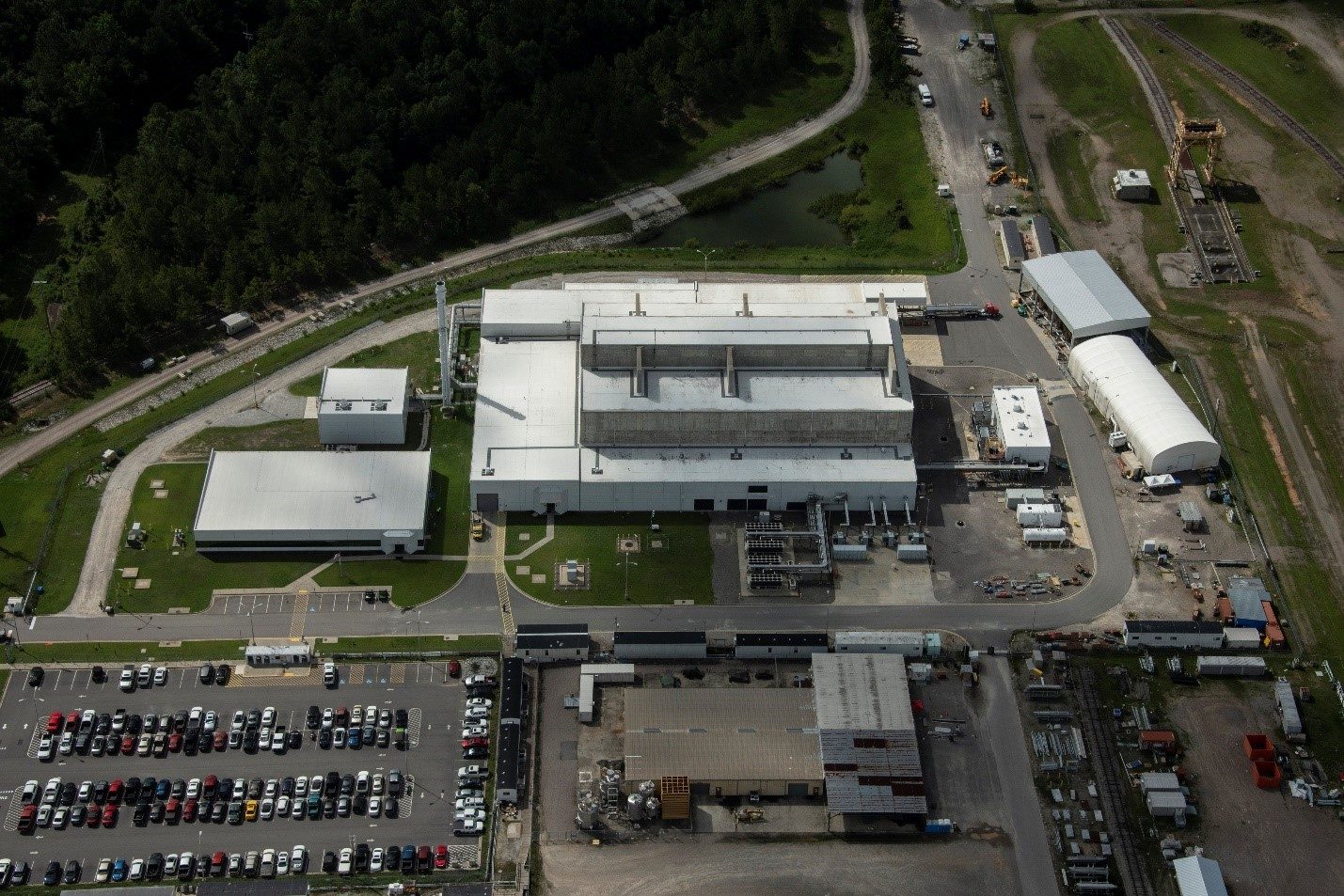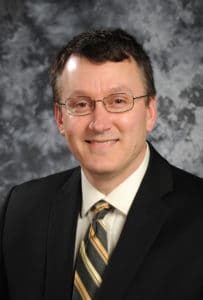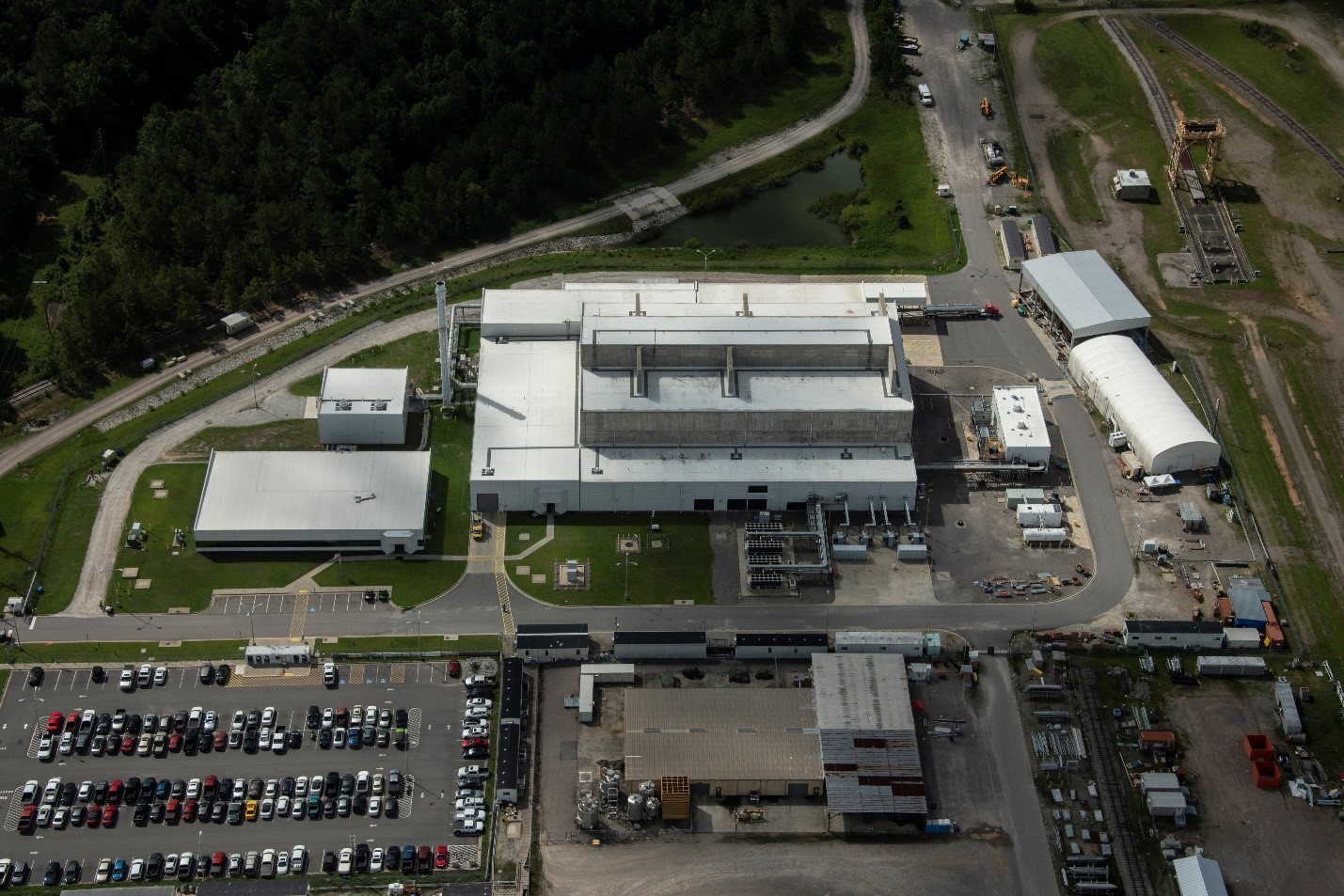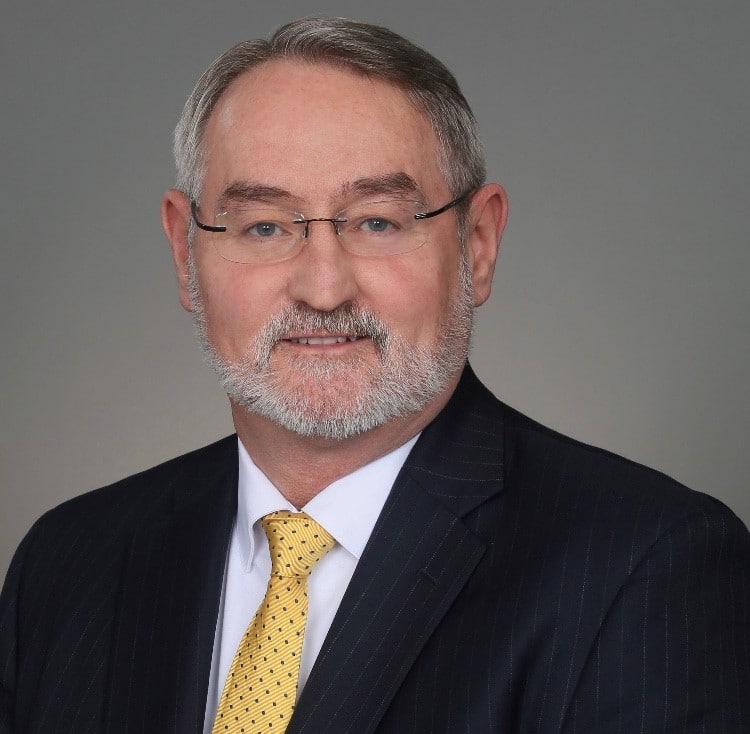New Application: An Innovation Significantly Reduces Prep Time for Waste Processing at the DOE’s Savannah River Site

New Application: An Innovation Significantly Reduces Prep Time for Waste Processing at the DOE’s Savannah River Site
By Phil Breidenbach

Innovation leads a robust life at Amentum-led Savannah River Remediation.
Our newest creation is revolutionizing the way we handle high-level radioactive waste by slashing 75 percent of the time it takes to prepare the waste for treatment – what used to take 4 to 6 months can now be done in 6 weeks.
My company, Savannah River Remediation (SRR), is the radioactive liquid waste contractor for the U.S Department of Energy at the Savannah River Site (SRS), located near Aiken, SC. SRR’s cutting-edge work is paving the way for a successful startup and operation of a large new billion-dollar facility called the Salt Waste Processing Facility (SWPF). SWPF’s mission is to process radioactive salt waste, which comprises about 90 percent of the waste volume contained in 35 million gallons of waste stored at SRS in 43 underground waste tanks. The waste in the tanks has been identified by our state regulator as the single largest environmental risk in South Carolina.
The innovation: SRR developed a new electronic application capable of reducing by up to 75 percent the time needed to qualify large quantities of radioactive liquid salt waste for decontamination processes.
The application is designed to ensure salt batches meet specific criteria for transfer to SWPF.
That’s important to us and to our DOE customer, who has identified in the Annual Priorities and Strategic Vision that the start-up of SWPF is among its top four priorities this year.
SRR has been qualifying salt waste batches for future processing. However, that work has taken up to 6 months for each batch, which includes creation of a report requiring numerous time-consuming calculations. The new application will be able to reduce the total batch qualification time to approximately 6 weeks.
Why does that time-saving process even matter?
Salt waste processing will significantly increase when SWPF starts up. SRR had been processing about 1 million gallons of salt waste per year with pilot technologies for SWPF. That number is expected to climb to between 6 and 9 million gallons per year when SWPF becomes operational later this year.
Reducing the time needed for qualifying salt waste batches is critical to feeding waste to SWPF at the increased rate. If SRR can’t feed SWPF at the higher rate, it would be like having a high-performance sports car in the garage, but you don’t have gas to make it run.
The newly developed application performs necessary calculations automatically to determine if the waste being analyzed for qualification meets SWPF’s waste acceptance criteria (WAC). The application is named eWAC, referencing the acronym for Waste Acceptance Criteria.
Simply put, SRR staff will enter the waste batch’s sampling results into eWAC, which will evaluate those results and determine the acceptability of the material to feed to SWPF based on established criteria. The software will produce a salt batch acceptance report for each set of data entered. That report will go to site officials for review and approval before the waste can be transferred.
The eWAC application has been tested for readiness and is fully operational. It is expected to be used to qualify the next salt batch that must be evaluated for feed to SWPF by March 2021.

Savannah River Remediation is working to prepare feed material for the new Salt Waste Processing Facility at the Savannah River Site near Aiken, SC.


